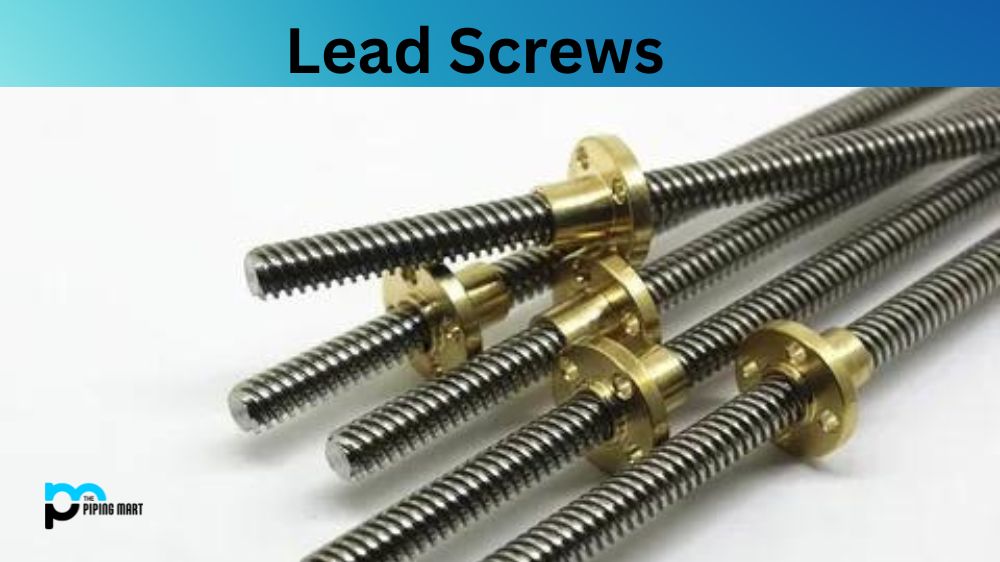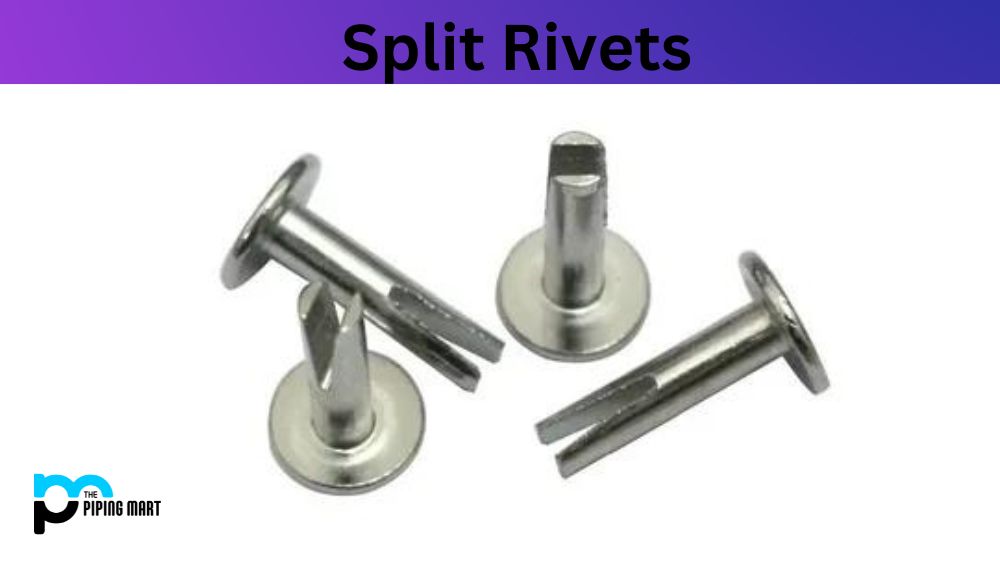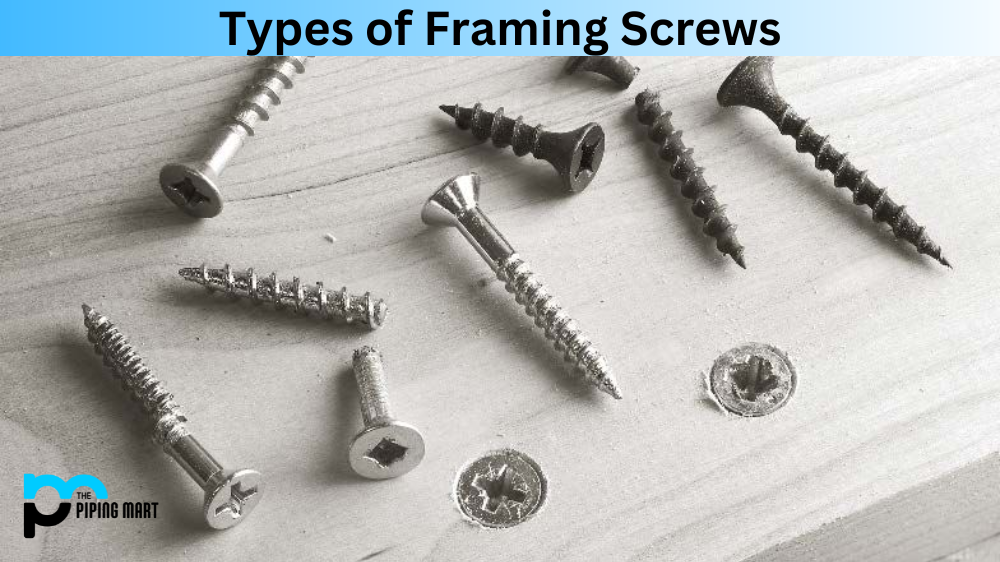Lead screws are an essential component of many machinery operations. They play a critical role in converting rotary motion into linear motion, which allows machines to move objects in a straight line. But what exactly is a lead screw? In this blog post, we’ll be exploring everything you need to know about lead screws, including their definition, how they work, and the different applications they’re used for.
What is Lead Screw?
Lead Screw is a type of threaded fastener which converts rotational motion into linear, providing accurate positioning and controlled motion. It comprises a screw with grooves and a nut that interacts with the grooves to cause axial movement, allowing for precise travel distance control. A lead screw can be used in various applications such as machines, engineering products, motors, printing presses, elevators etc. Lead screws provide smoother operation than belts or gears due to their ability to accurately position objects without backlash.
Definition of Lead Screws
Lead screws are essentially long, threaded rods that are designed to move when they are rotated. They are commonly used in machines that require linear motion, such as lifts, presses, and CNC machines. The threads on the lead screw are designed to mesh with a nut, which moves up and down the length of the screw as it is rotated. This motion creates linear motion that can be used to move machine parts, control position, or apply force.
How Lead Screws Work
The basic principle behind how lead screws work is converting rotary motion into linear motion. This is achieved by using the threads on the screw to push a nut up and down the length of the screw as it rotates. The lead of the screw is the distance that the nut moves along the axis of the screw for every revolution of the screw. The lead of the screw, combined with the pitch of the threads on the screw, determines how fast the nut will move along the screw axis for any given rotation of the screw.
Different Types of Lead Screws
A few different types of lead screws are commonly used in machine applications. For example, precision lead screws are designed with high lead accuracy and low friction, making them ideal for precision machinery such as lasers or robotics. Acme lead screws are designed with a trapezoidal thread shape that provides high load-carrying capacity, making them ideal for heavy duty applications such as machine tool slides and vises. Ball screws are similar to lead screws but use a series of ball bearings to reduce friction, making them ideal for high-speed, high-precision applications.
Uses of Lead Screws
Lead screws are threaded rods that convert rotational motion into linear motion. They offer a reliable and cost-effective solution for many industrial applications, including robotics, machine tools, 3D printing equipment, medical devices, and other high precision machinery. Lead screws have several advantages over traditional drive mechanisms; they transmit more torque than belts or chains while reducing backlash or lost motion. In addition, their accuracy can be easily tailored to the application using different thread forms and lead angles. Their robust construction ensures long service life with virtually no maintenance required.
Applications of Lead Screws
Lead screws are used in various applications in machines and other mechanical devices. One of the most common applications is linear actuators, which use lead screws to convert rotary motion into linear motion for precise positioning and force control. They are also commonly used in CNC machines for precision control of machine tool slides and for controlling the movement of robotic arms. Another application is in lifts and elevators, where lead screws are used to raise and lower the lift cab. Finally, they are used in printing presses, where they are used to move the printing plate up and down to achieve the desired pressure on the printing paper.
Conclusion:
In conclusion, lead screws are essential to many machinery operations that require linear motion. They convert rotary motion into linear motion with great accuracy and precision, making them ideal for various applications, including lifts, CNC machines, and printing presses. With their long lifespan, low friction, and high precision, lead screws will continue to be an important part of many machines in the future.

A passionate metal industry expert and blogger. With over 5 years of experience in the field, Palak brings a wealth of knowledge and insight to her writing. Whether discussing the latest trends in the metal industry or sharing tips, she is dedicated to helping others succeed in the metal industry.




